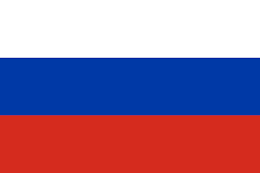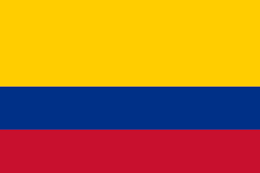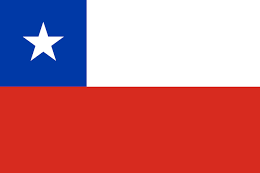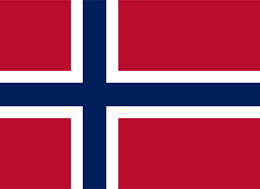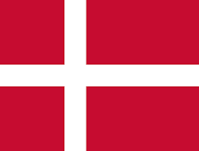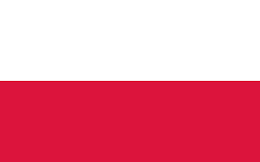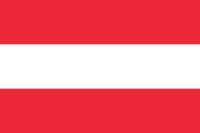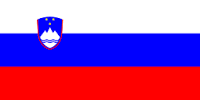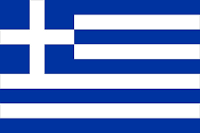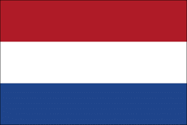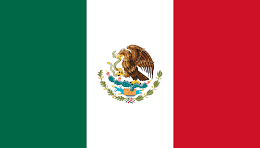The Naïve Bayes classifier
The name Naïve Bayes comes from the basic assumption in the model that the probability of a particular feature  is independent of any other feature
is independent of any other feature  given the class label
given the class label  . This implies the following:
. This implies the following:

Using this assumption and the Bayes rule, one can show that the probability of class  , given features
, given features  , is given by:
, is given by:

Here,  is the normalization term obtained by summing the numerator on all the values of k. It is also called Bayesian evidence or partition function Z. The classifier selects a class label as the target class that maximizes the posterior class probability
is the normalization term obtained by summing the numerator on all the values of k. It is also called Bayesian evidence or partition function Z. The classifier selects a class label as the target class that maximizes the posterior class probability  :
:

The Naïve Bayes classifier is a baseline classifier for document classification. One reason for this is that the underlying assumption that each feature (words or m-grams) is independent of others, given the class label typically holds good for text. Another reason is that the Naïve Bayes classifier scales well when there is a large number of documents.
There are two implementations of Naïve Bayes. In...






